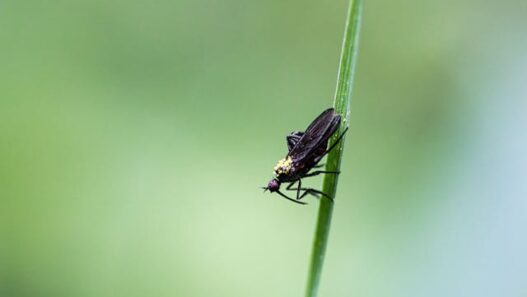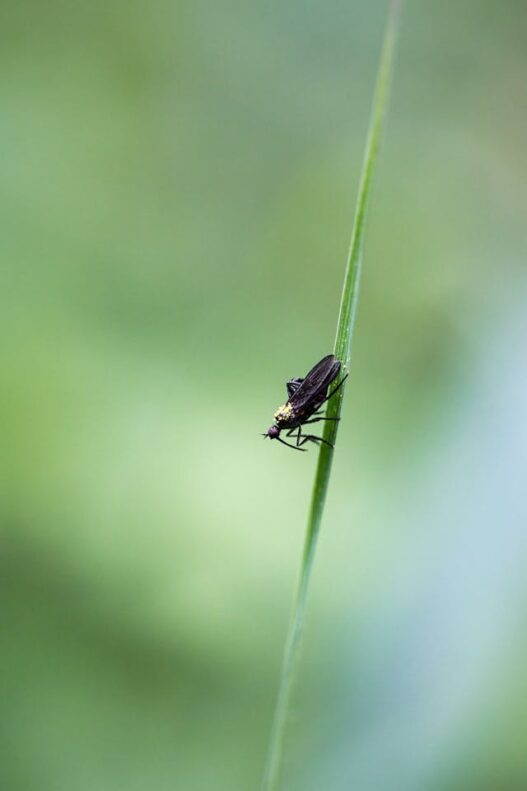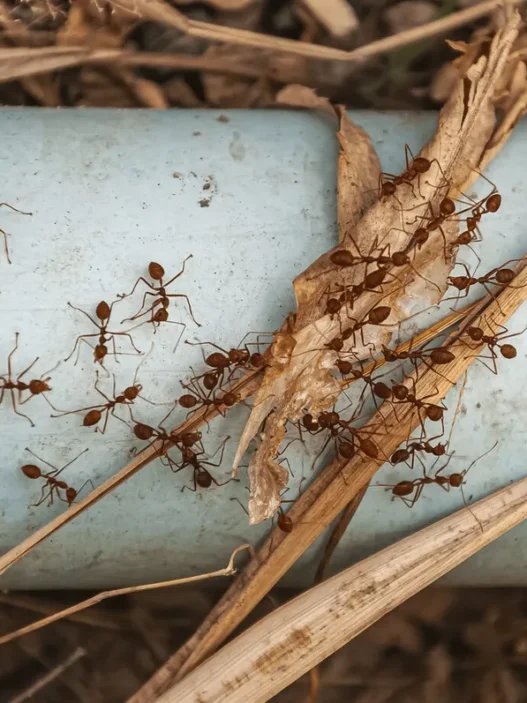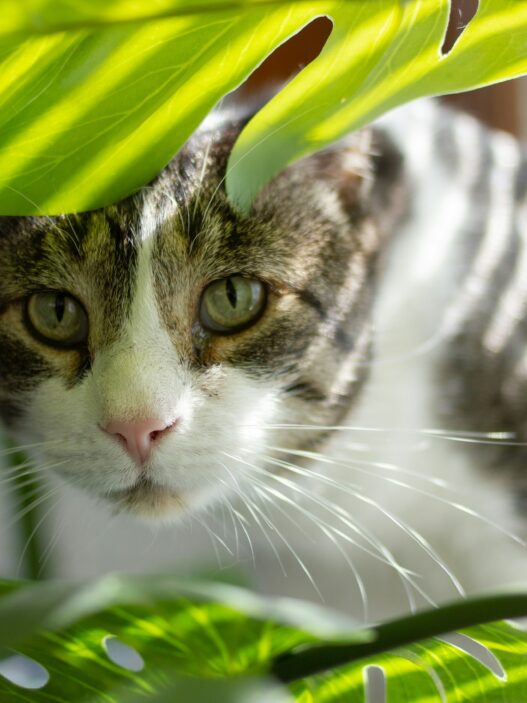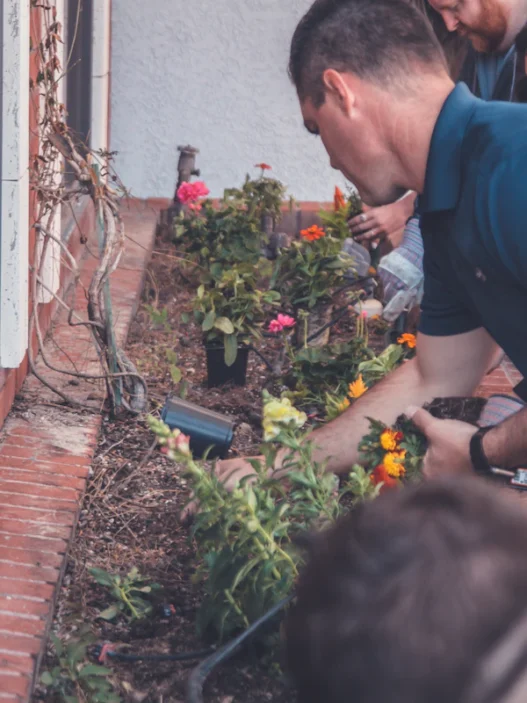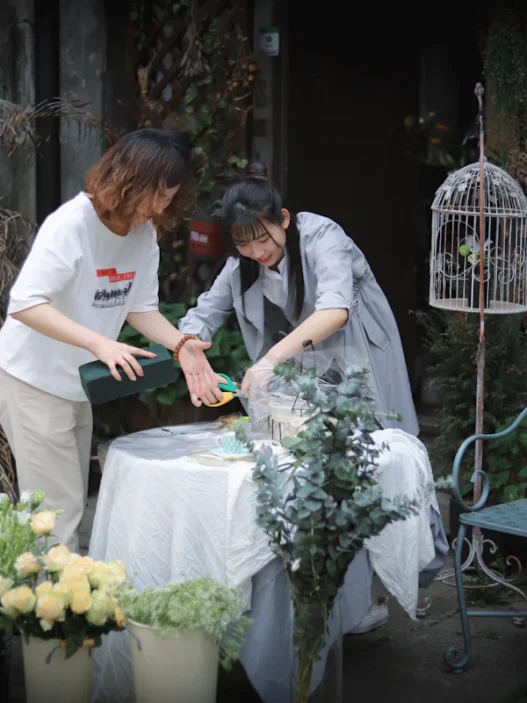You sit down to water your plants and suddenly… boop. One of those tiny flies is hovering right in your face like it pays rent.
Next thing you know, they’re in your coffee, buzzing around your laptop, and doing the world’s smallest airshow in your living room.
Fungus gnats.
Annoying. Persistent. And weirdly bold for something that fits on the tip of your finger.
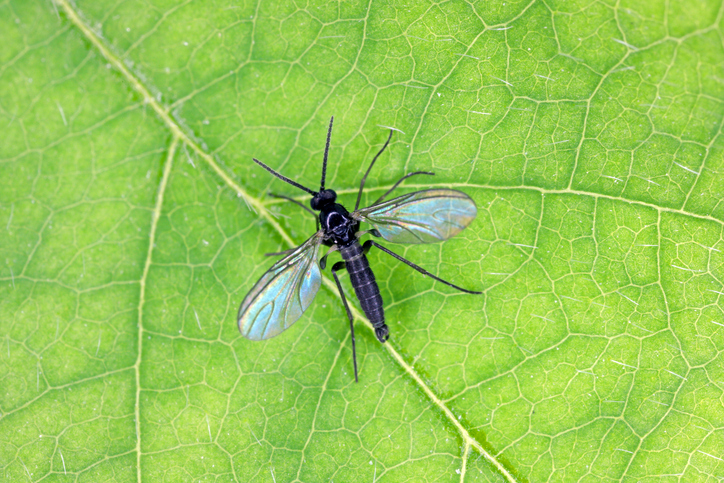
But the good news? You can get rid of them — for good — without reaching for toxic sprays or turning your plant shelf into a war zone.
Let’s break it all down.
First off: What are fungus gnats?
Fungus gnats are tiny, blackish flies that look like a cross between a mosquito and a fruit fly.
They love moist soil. Not because they’re plant lovers but because that’s where their babies (larvae) thrive. The adults don’t bite or sting, but the larvae can mess with your plant’s roots if things get out of hand.
Leading cause: Overwatering. Damp soil = fungus. Fungus = gnat party.
How to Know If You’ve Got a Gnat Problem
Other than seeing them hover around your face like they own the place, here are some signs:
- Tiny flies jump out of the soil when you water
- Slow plant growth (gnat larvae feed on roots)
- You keep clapping in the air like you’re fighting invisible spirits
Sound familiar? Let’s fix it.
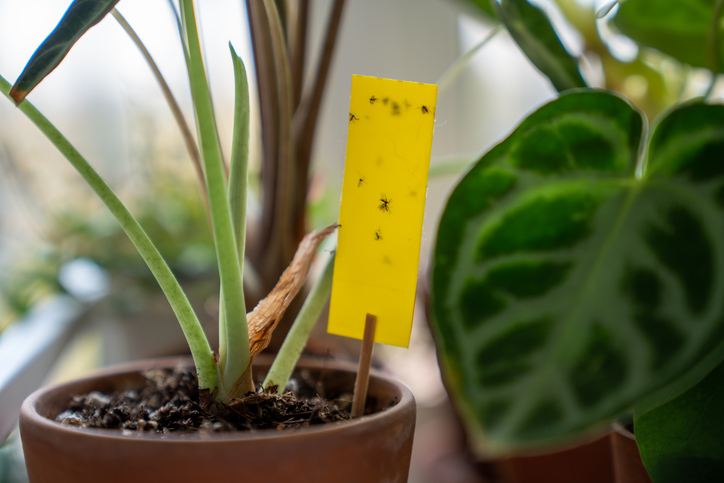
Step-by-Step: How to Get Rid of Fungus Gnats Naturally
1. Let the Soil Dry Out
This is the #1 thing you can do.
Fungus gnat larvae need moist soil to survive. Drying things out disrupts their life cycle.
How:
Wait until the top 1–2 inches of soil are completely dry before watering again. Most houseplants are totally fine with this — and some even prefer it.
2. Bottom Water Your Plants
This helps the roots get what they need without keeping the top layer of soil damp (where gnats like to lay eggs).
What to do:
Place your plant pot in a shallow bowl or sink filled with water and let it soak for 15–30 minutes. Then remove and let the excess drain out.
3. Cover the Soil with Sand or Gravel
This is an easy trick that really works.
A thin layer (about 1 inch) of coarse sand, aquarium gravel, or even decorative stones creates a dry barrier. It stops the gnats from reaching the soil to lay more eggs.
Bonus: It makes your plant setup look fancy.
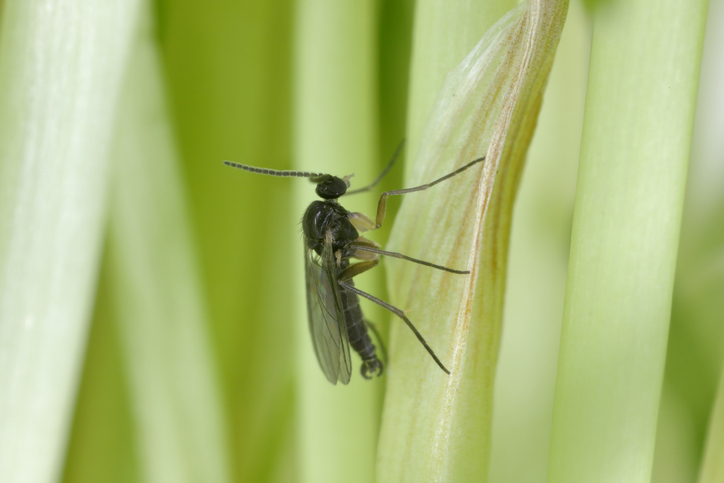
4. Use Sticky Traps (Your New Best Friend)
Yellow sticky traps are like gnat kryptonite. The color attracts them, and they get stuck in contact. You’ll be amazed how many show up in just one day.
You can purchase these on Amazon or at your local garden center. Just stick a few near the base of your plants or hang them on a small stick in the pot.
5. Add a Natural Gnat Killer: Mosquito Bits
Don’t let the name deter you — these are safe for houseplants and highly effective.
What are they?
Mosquito Bits contain Bacillus thuringiensis israelensis (BTI) — a naturally occurring bacteria that kills gnat larvae but leaves your plant alone.
How to use:
- Sprinkle the bits on top of your soil
- Or soak them in water overnight, then use that water next time you hydrate your plant
6. Try a DIY Apple Cider Vinegar Trap
This one’s a classic, and it still works.
How to make it:
- Pour some apple cider vinegar into a small bowl
- Add a drop of dish soap
- Cover the bowl with plastic wrap and poke a few small holes
The gnats fly in, but they can’t get out. (RIP.)
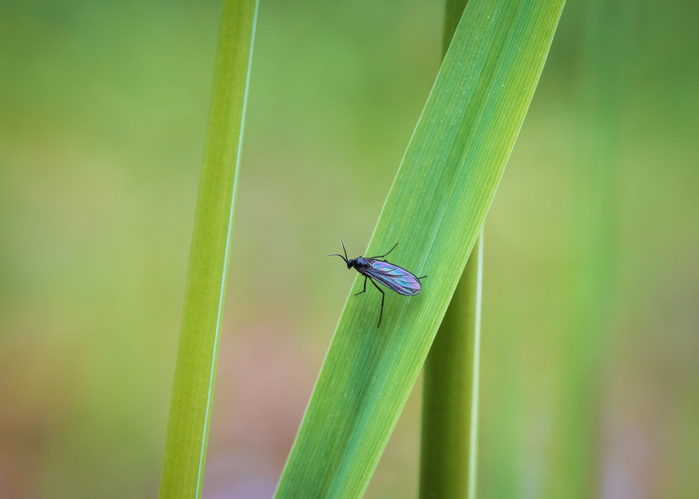
7. Repot If Things Are Really Bad
Sometimes, you need a fresh start. If the infestation is heavy and none of the other methods are cutting it, it might be time to repot.
Pro tips:
- Use fresh, sterile soil
- Wash the pot with hot water and soap before reusing
- Check the roots for damage while you’re at it
How to Keep Fungus Gnats From Coming Back
Once you’ve kicked them out, the goal is to keep them out.
Here’s how:
- Don’t overwater. Seriously. This is their love language.
- Use pots with drainage holes. Soggy bottoms are gnat paradise.
- Add sand or gravel as a top layer. Easy barrier, high impact.
- Check new plants. Gnats can hitchhike from nurseries. Always inspect before adding to your collection.
- Empty saucers. Standing water under your pots? Nope. Pour that out.
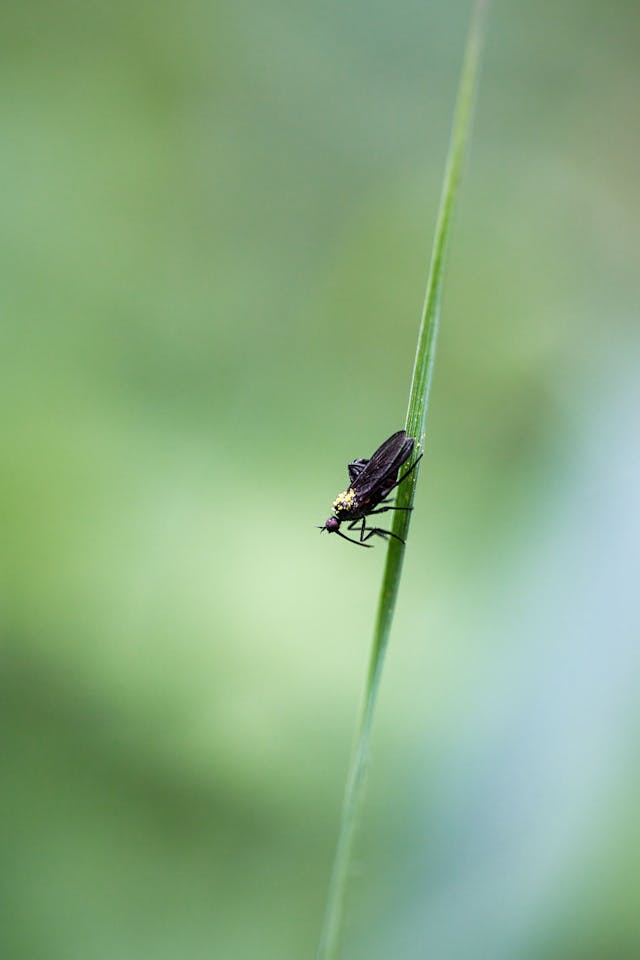
Fungus gnats are annoying, but they’re not invincible.
With a bit of consistency and a few clever tweaks to your watering habits, you can clear them out — no toxic sprays needed, and no need to panic every time you see a fly.
And hey, once they’re gone?
There’s nothing more satisfying than watching your plants thrive without a swarm of tiny bugs doing laps around your head.



